In the evolving digital landscape, user experience reigns supreme. Web designers, UI/UX enthusiasts, and digital marketers are constantly tasked with crafting seamless, engaging experiences that captivate users and keep them coming back for more. But what does it take to truly innovate in UI/UX design in 2025? This post explores cutting-edge strategies that are transforming user interfaces and elevating engagement to new heights. By the end, you’ll have a toolkit of ideas to revolutionize your designs, making them not just functional, but memorable.
Understanding the User Journey
The foundation of stellar UI/UX design lies in understanding the user’s entire journey. It’s like mapping out a road trip—the more detailed the route, the better the travel experience. Engaging users begins long before they land on your page. It starts with understanding their needs, preferences, and behaviors.
User personas are crucial in this process. They allow designers to create empathetic experiences that resonate with the target audience. By exploring user motivations and challenges, you can tailor experiences that feel personal and intuitive. In 2025, this means going beyond demographics and tapping into the emotions and values of users.
Journey mapping is another powerful tool in the designer’s arsenal. It provides a visual representation of the user’s path, highlighting touchpoints and pain points. This insight helps in crafting smoother transitions and reducing friction, ultimately enhancing user satisfaction. Remember, a happy user is an engaged user.
Emotional Design Crafting Experiences that Connect
In the world of UI/UX, emotional design is the secret ingredient that transforms good experiences into unforgettable ones. It’s about creating a visceral connection between the user and the product. When users feel understood and valued, engagement naturally follows.
Storytelling is a fantastic way to leverage emotional design. By weaving narratives into your design, you invite users to become part of the story. This can be achieved through visuals, copy, and even interaction design. The key is to create moments that evoke emotion—joy, surprise, anticipation—that keep users engaged and eager to explore more.
Another aspect of emotional design is the use of color and typography. These elements have the power to influence mood and perception. In 2025, designers are pushing the boundaries with bold color palettes and expressive typography that capture attention and convey brand personality. When used intentionally, these elements create a harmonious experience that resonates on a deeper level.
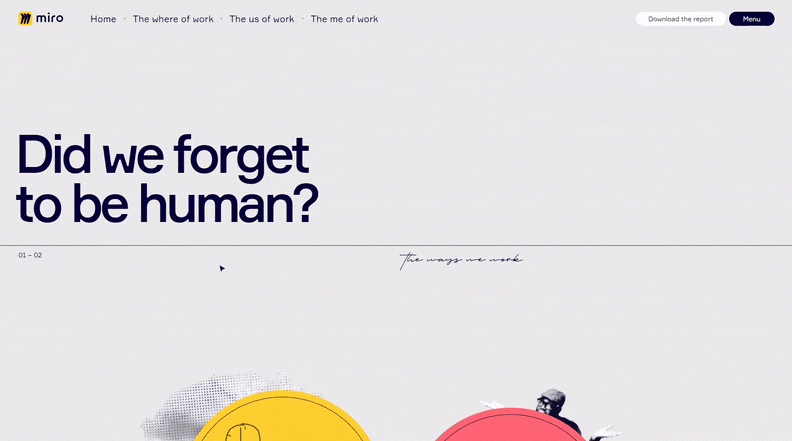
Micro-Interactions The Magic of the Subtle
Micro-interactions are the unsung heroes of UI/UX design. These tiny, often overlooked elements can have a significant impact on user engagement. They’re like the seasoning in a dish—subtle yet essential.
The beauty of micro-interactions lies in their ability to provide instant feedback and guide users effortlessly. Whether it’s a button changing color when clicked or a subtle animation on hover, these interactions add a layer of delight to the user experience. In 2025, designers are incorporating more micro-interactions to create intuitive and engaging interfaces.
One of the most effective ways to implement micro-interactions is through animations. Animations can bring a sense of playfulness and dynamism to the interface. They can also serve functional purposes, such as guiding users through complex processes or indicating progress. When done right, animations enhance usability and create a more immersive experience.
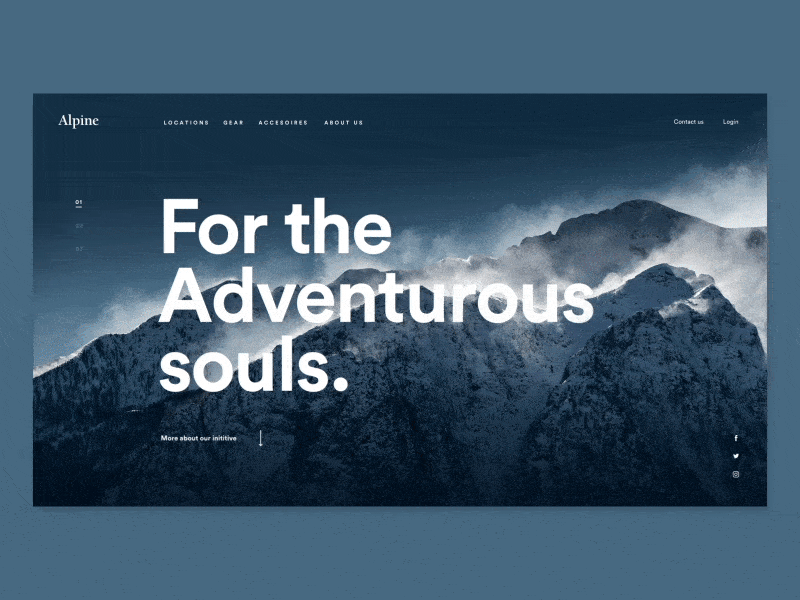
Personalization Tailoring Experiences for Engagement
Personalization is a game-changer in UI/UX design. In a world where users are bombarded with information, personalized experiences cut through the noise and make users feel seen. It’s about delivering the right content to the right person at the right time.
Data-driven design is at the heart of personalization. By leveraging user data, designers can create tailored experiences that anticipate user needs and preferences. From personalized recommendations to dynamic content, the possibilities are endless. In 2025, AI and machine learning are enabling even more sophisticated levels of personalization, creating experiences that feel custom-crafted for each user.
However, personalization goes beyond content. It extends to the interface itself. Adaptive layouts and customizable themes allow users to tailor the visual elements to their liking. This level of customization empowers users and fosters a sense of ownership, increasing engagement and loyalty.

Minimalism Less is More for Maximum Impact
Minimalism is a timeless design principle that continues to thrive in 2025. It’s about stripping away the unnecessary and focusing on what truly matters. In a world filled with distractions, minimalistic designs provide clarity and focus, allowing users to engage more deeply.
The beauty of minimalism lies in its simplicity. Clean layouts, ample white space, and intuitive navigation create a sense of calm and order. This approach enhances user comprehension and reduces cognitive load, making it easier for users to find what they need quickly.
But minimalism isn’t just about aesthetics. It’s also about functionality. A minimalist interface prioritizes essential features, ensuring that users can accomplish tasks efficiently. By eliminating clutter, designers create a seamless flow that keeps users engaged without overwhelming them.
Voice User Interfaces Speak to Engage
Voice user interfaces (VUIs) are revolutionizing the way users interact with technology. With the rise of voice-activated devices, VUIs are becoming an integral part of the UI/UX landscape. They offer a hands-free, intuitive way for users to engage with digital products.
VUIs have the potential to enhance accessibility, allowing users with disabilities to interact more easily. They also provide a more natural and conversational way of interacting, mimicking human communication. In 2025, designers are exploring innovative ways to integrate voice into their designs, creating experiences that are both functional and engaging.
However, designing for VUIs comes with its challenges. Unlike graphical interfaces, VUIs rely solely on auditory cues. This requires careful consideration of voice tone, language, and context. The goal is to create a seamless and intuitive conversation flow that keeps users engaged and satisfied.
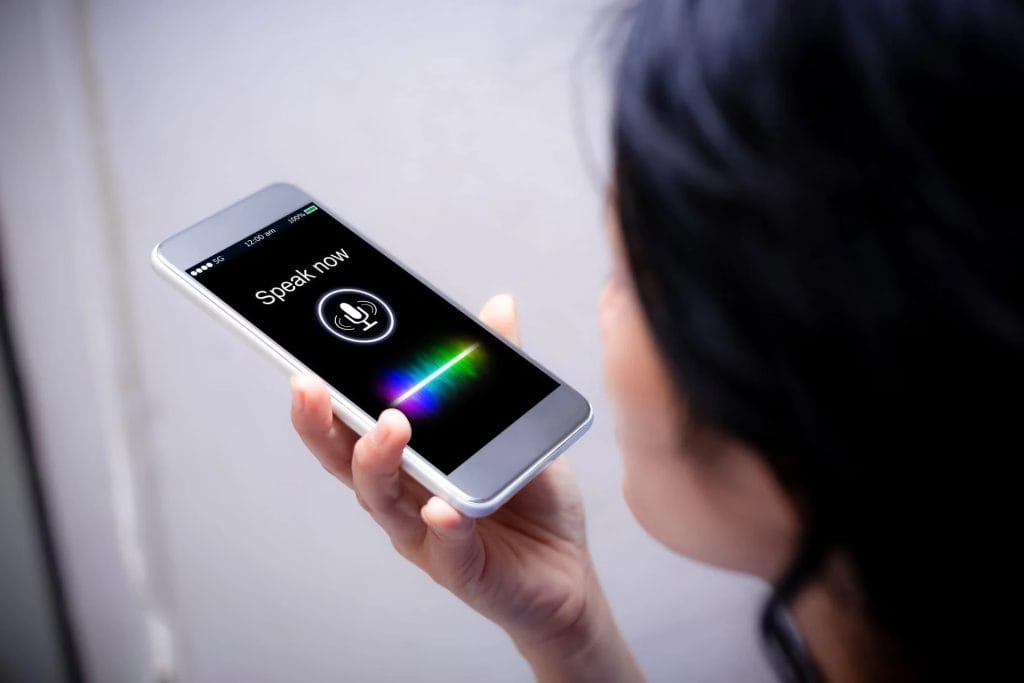
Augmented Reality Enhancing Reality for Engagement
Augmented reality (AR) is no longer just a futuristic concept—it’s a reality that’s transforming the way users interact with the digital world. AR overlays digital elements onto the real world, creating immersive and interactive experiences.
In UI/UX design, AR offers endless possibilities for engagement. From virtual try-ons in e-commerce to interactive learning experiences, AR brings a new dimension to user interaction. In 2025, designers are harnessing the power of AR to create experiences that blur the line between digital and physical worlds.
One of the key benefits of AR is its ability to provide contextual information in real-time. This enhances user understanding and decision-making, leading to more engaged and informed users. Whether it’s providing directions or showcasing product features, AR adds value to the user experience.
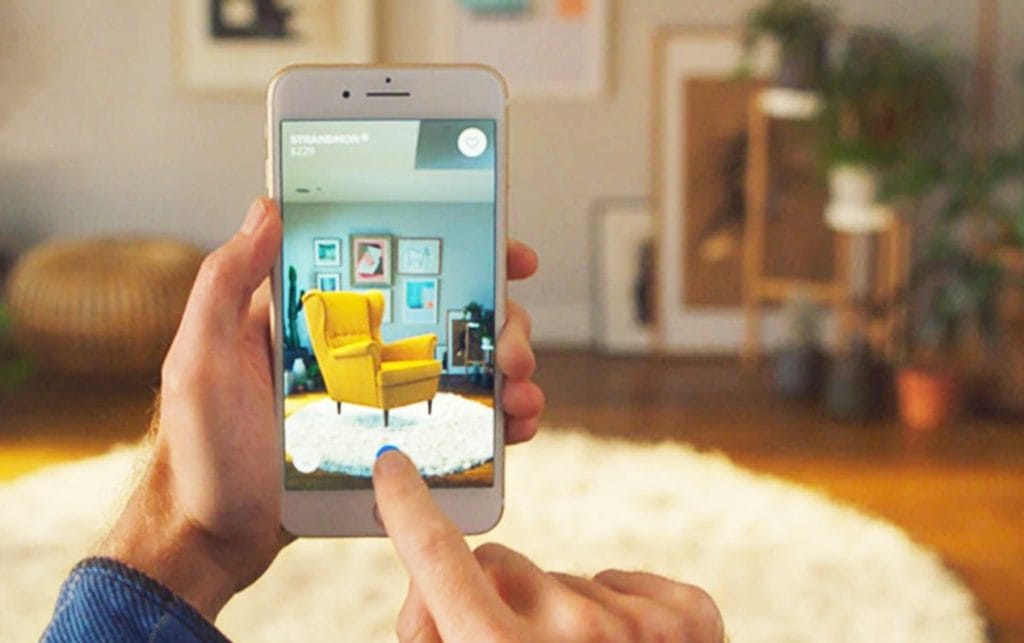
Gamification Playful Engagement for All Ages
Gamification is a powerful strategy that taps into the innate human desire for competition and achievement. By incorporating game-like elements into the user experience, designers can motivate users to engage more deeply and persistently.
Points, badges, and leaderboards are common gamification elements that drive user motivation. They create a sense of accomplishment and encourage users to explore more. In 2025, designers are taking gamification to new heights, creating experiences that are not only engaging but also educational and rewarding.
But gamification isn’t just for entertainment. It can also be used to solve real-world problems. From encouraging sustainable behaviors to promoting healthy habits, gamification has the potential to drive positive change and create lasting engagement.
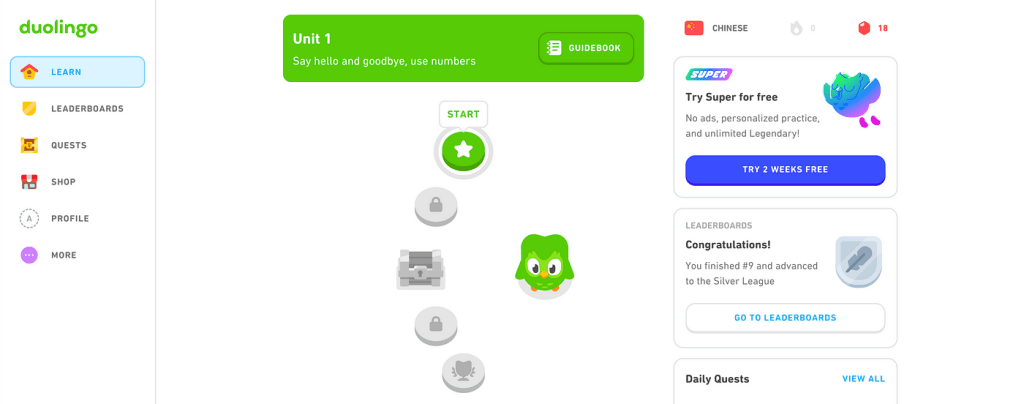
Accessibility Designing for All
Accessibility is no longer an afterthought—it’s a fundamental aspect of UI/UX design. Creating inclusive experiences ensures that all users, regardless of ability, can engage with digital products. This not only enhances usability but also broadens the reach of your design.
Inclusive design involves considering a range of abilities and disabilities. It’s about designing interfaces that are perceivable, operable, and understandable for everyone. In 2025, designers are adopting a proactive approach to accessibility, incorporating features like screen readers, keyboard navigation, and closed captions.
An accessible design doesn’t just benefit users with disabilities—it benefits everyone. By creating interfaces that are easy to use and understand, designers create a more inclusive and engaging experience for all users.
Data-Driven Design Informed Decisions for Better Engagement
Data-driven design is transforming the way designers create user experiences. By leveraging data insights, designers can make informed decisions that enhance engagement and satisfaction. It’s about using data to optimize the user experience and drive meaningful interactions.
In 2025, designers are harnessing the power of analytics to gain deeper insights into user behavior. Heatmaps, session recordings, and A/B testing provide valuable information that guides design decisions. This data-driven approach allows designers to identify pain points, test hypotheses, and iterate on designs for continuous improvement.
But data-driven design isn’t just about numbers—it’s about understanding the story behind the data. By interpreting data in the context of user needs and goals, designers can create experiences that truly resonate and engage.
Conclusion
UI/UX design is a dynamic and ever-evolving field, and 2025 is set to be a year of groundbreaking innovations. From emotional design to data-driven decision-making, the strategies explored in this post offer a glimpse into the future of user engagement. By staying ahead of the curve and embracing these innovations, web designers, UI/UX enthusiasts, and digital marketers can create experiences that captivate, inspire, and engage users like never before.
The time to innovate is now. Begin exploring these strategies today and transform your designs into powerful tools for user engagement. The possibilities are endless, and the future is bright.

